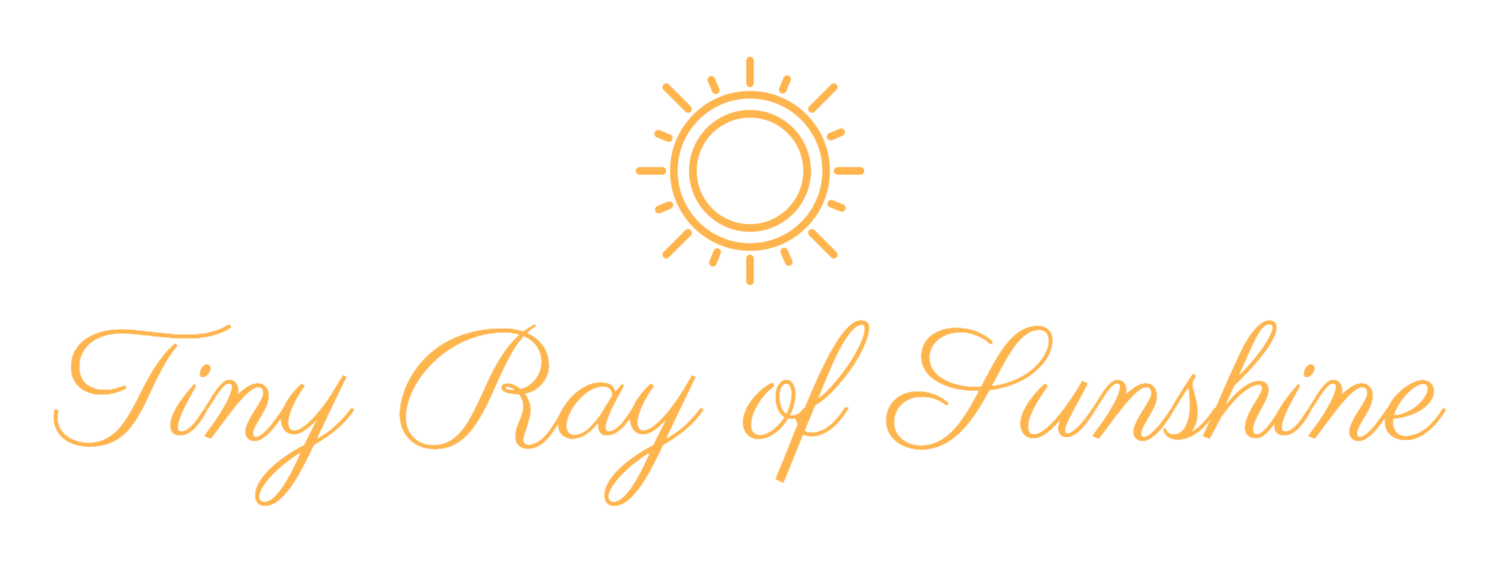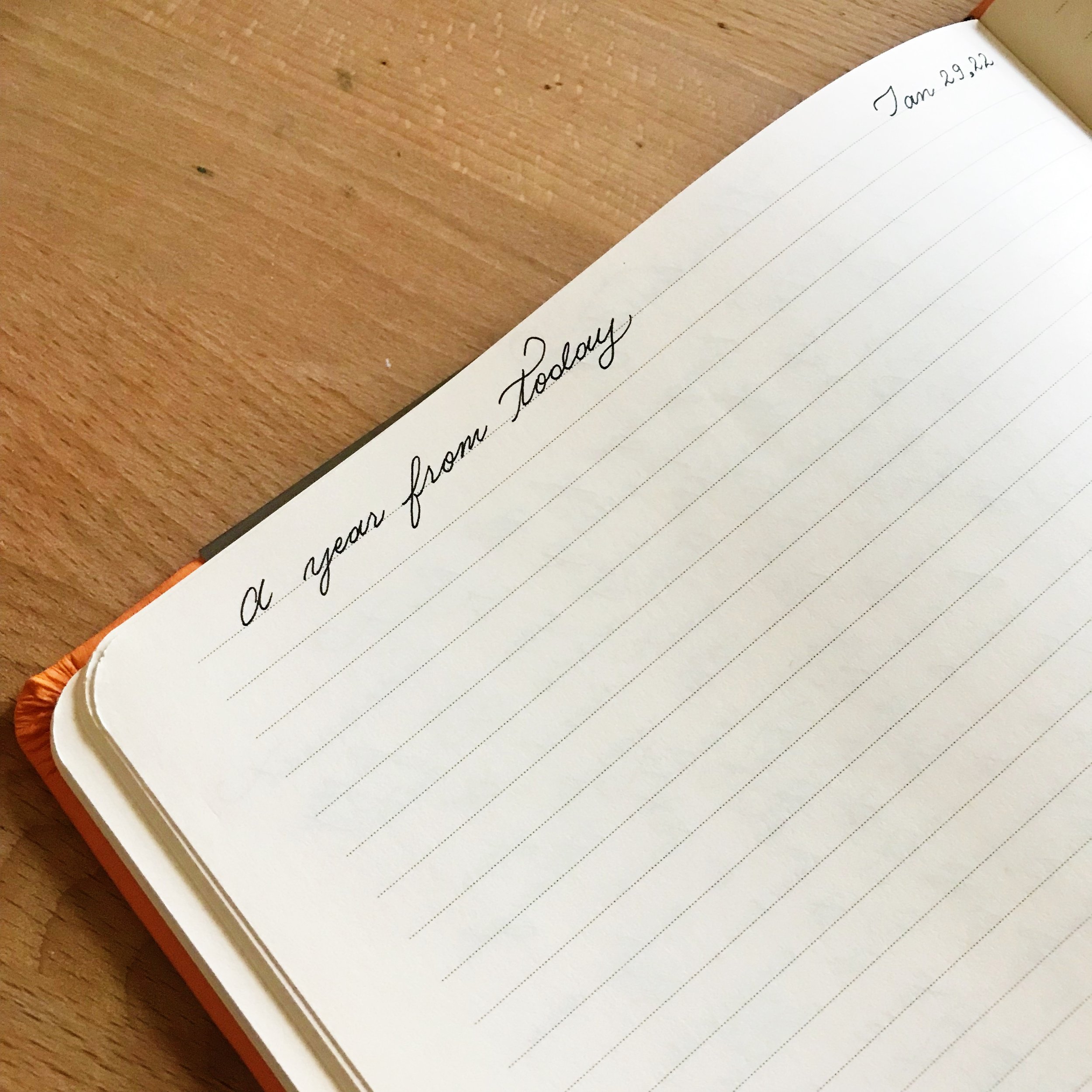The 8 Stages of the Bullet Journal Addiction
/The Bullet Journal is a system created by Ryder Carroll, a talented Digital Product Designer. It tends to be the solution most people have been looking for when it comes to organizing their life and thoughts all in one place. The system is simple, easy to grasp and mold into what you need it to be.
Over time I've seen many new Bullet Journalists fly into a series of stages when it comes to finding their footing with the Bullet Journal. Sometimes all the stages are taken, sometimes they dive into one and jump around, some skip some of the stages altogether. It is really pretty fascinating seeing these occur, so I thought it'd be fun to share my observations with you.
Do note that I have also fallen into these stages and I think it's become a natural progression of sorts for most.
1. Amazement
When you watch the video, chances are you're going to be amazed and awe-struck by the simple way Ryder explains the system. You probably got super excited and prepared yourself to dive into your very own Bullet Journal.
2. Preparation
After you watch the video, you probably eagerly gathered your supplies (a notebook and pen) and you dove straight into Bullet Journaling. Some might even purchase all of the supplies that they can find including but not limited to: colored pens, a ruler, pen loop, washi tape, stickers, stencils, sticky notes, and more. None of these extras are necessary and you don't even have to grab a new notebook or pen - you can use what you have on hand. It can be exciting to finally find something where you can let loose some of your stationery addiction. When you join certain Bullet Journal groups online and see others sharing all of the supplies they're getting, you might think that you need to grab those as well. Again, these extras are not necessary and I would urge you to try it out simply first. That said, many find adding a bit of embellishment with colored pens or otherwise find themselves more engaged and motivated to use their Bullet Journal than without these add-ons. The point I'm trying to make is to be wary of all the things you see out there, the original system doesn't include mention of any of these and they aren't necessary. You only need a notebook and pen to dive in.
3. Diving In
Now that you have your notebook and pen you are ready to dive in. Diving in tends to be the most exciting and nerve-wracking part for most. Making that first step can be intimidating, I mean you have this empty page staring at you waiting to be written on. If you're anything like me, you've collected notebooks all of your life and felt unsure of where to begin and what to write on the first page once you finally crack open your notebook. The awesome thing about the Bullet Journal is that Ryder has already thought of a simple framework to help you organize anything that you add into your Bullet Journal which makes diving into it and setting it up less intimidating. Even so, the act of diving in will look a little differently for everyone. For some, this route to diving in will either be easy to step into because it instantly clicks with them or they will look around for inspiration on how to go about using their Bullet Journal and what to add to it.
4. Inspiration (overload)
After you dive into your Bullet Journal you are probably ecstatic at how amazing of a system it is. Finally, something that makes sense and can hold the various stories you scribble onto your pages. You might even marvel at the potential of it and wonder what others have thought of to add to their Bullet Journals that you can incorporate into yours. You go online and search up permutations of the Bullet Journal and find yourself with more inspiration than you could possibly ever process.
You might find yourself thinking of what else you can add to your Bullet Journal to increase its effectiveness in your life. How can you add what you're trying to achieve?
It takes a bit of experimentation to find the sweet spot between taking inspiration from someone and taking that idea and making it your own.
5. Experimentation
You see the inspiration around and you decide to try it out. That's great. You thought about what you were looking for and found inspiration online on how to achieve that. When you find an idea that you love, go ahead and try it out. The wonderful thing about the Bullet Journal is that it's based in a notebook and you can always turn the page and create something new. Your life is a constellation of different working parts that is unique to you and you alone. How you work and what you need to help you achieve the level of productivity you want to reach will determine what you create in your Bullet Journal.
Sometimes all of the experimentation will take its toll which might lead you to overwhelm or ineffectiveness.
6. Overwhelm/Ineffectiveness
At some point you might find yourself completely overwhelmed with the experiments, the inspiration and information you see online, the things you've accumulated and are at a loss on how to use them and what step to take next. It's tempting to add a lot at the beginning of your Bullet Journal journey. You might even feel a bit guilty because you aren't 'getting' it or you find that it's taking up a lot more time to set up than to actually use for what it's intended for: to help you be a more productive and happy person.
At the root of the issue is the expectation that your Bullet Journal should be something that it isn't or an expectation of yourself to make your Bullet Journal like someone else's. Both of these ideas will probably make you unhappy and ineffective. Sometimes we construct narratives in our minds of what we think things should be and ache when we're not living up to those narratives. The thing to remember is that at its core, the Bullet Journal is meant to help you be productive; the how of getting there will vary for everyone.
When looking around online it's rare and difficult to find examples that are minimalist in their Bullet Journal approach. Even the most minimalist of Bullet Journalists tend to have some creative layouts thought up to craft their life in a certain way. The issue with this can be the overwhelm that occurs when newbies are exposed to too many new applications and modules in the Bullet Journal. At once all of the ideas seem wonderful and tempting to try out, and yes, plenty of them will be useful. It isn't the usefulness of the layouts that is the question so much as whether it is necessary to the user. Even if the idea seems awesome, will it be truly beneficial and worth your time to keep up with? Will it make you happy or will it become just another thing to do?
You might even find yourself a bit afraid of diving into your Bullet Journal because of all the examples that you see floating around. You might think that's what your Bullet Journal should look like. It's important to note that everyone's life looks different and their Bullet Journals will reflect what's important to them. Comparison is a tricky and terrible thing to fall into. It's a pitfall that many stumble into and find themselves overwhelmed with at the beginning.
If you ever find yourself getting overwhelmed or ineffective with the use of your Bullet Journal, then it's time to simplify.
7. Simplifying
When you clear away the clutter you'll find yourself in a better position to get to a place where you can achieve your true effectiveness. By clutter I mean anything that is distracting, isn't making you happy, stresses you out, or is just another thing to update. Perhaps you found yourself with too many unused supplies, over-complicated your collections, added too much into your dailies, or stopped using your Bullet Journal.
The greatest thing about the Bullet Journal is its flexibility. The guidelines are a measure to help you stay on track and their simple nature allows you room to breathe and create as you naturally do. The system gets out of your way to give you more time to spend on what you need and want to.
When you're ready to simplify your system to increase its effectiveness in your life, you are ready to center yourself to find your footing with the Bullet Journal.
8. Centering
This is the best point to achieve in your adventures with the Bullet Journal. This is the point where you find your footing with the Bullet Journal. To help you center yourself and your approach with your Bullet Journal, spend some time thinking about what works for you, what you need from your system, and how you're going to achieve that.
Ryder suggests asking yourself "is this is worth my time?" when thinking about migrating, but I would go so far as to ask it whenever you're faced with a new idea that you're considering trying out.
You know you're centered when what you see others doing is a fun thing and you don't compare your pages to theirs. Being centered is when you are confident in your own stride. Being centered means you are able to appreciate what others are doing without comparing yourself in the process.
Centering yourself is when you've decided that you will do things your way, the way that you need them to occur.
It is when you've decided that you are going to only add the essential elements that have a good balance of helping you stay productive and make you happy with the way you're doing things as a result. This is the point that we all aspire to achieve. It's that feel-good place when we are happy with who we are in our notebooks, where we're going, and knowing that it's all an adventure. Experiment and explore, but always be yourself in everything that you do. The way you craft the pages of your Bullet Journal are your own to craft as you will. In Ryder and Van Gogh's words, "dare to create." Give yourself the time and respect it will take to find your footing. You will find your way and when you do, I'm sure you'll enjoy your adventures with the Bullet Journal all the more.
If you find yourself falling into any of these stages time and again, know that you are not alone. Go to number 7 (simplifying) to get to number 8 (centering) and recenter yourself as necessary. It will be okay. At its core, the Bullet Journal is pretty simple, go back to basics and start over with the magic of the flip of the page whenever you need to.
The greatest tip I can give you, which I've dedicated a whole article to, is to craft your Bullet Journal in such a way that you'll want to continue to use it.










